- You are here:
- Home »
- Wine By Region
Category Archives for Wine By Region
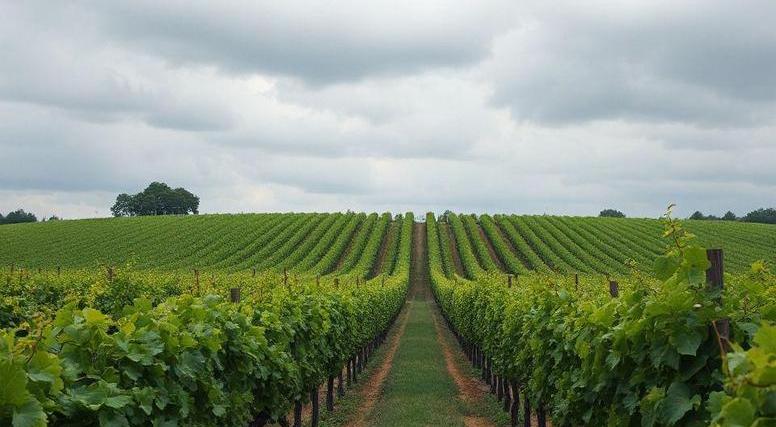
[COMPLETE GUIDE] Arkansas Wine : History, Flavors, Pairings & More
Nestled in the heart of the American South, Arkansas may not immediately come to mind as a premier wine destination, but the state is quietly cultivating a burgeoning wine scene that is garnering attention from connoisseurs and casual drinkers alike. The Arkansas Wine Guide aims to shine a spotlight on this hidden gem, exploring the […]
Continue reading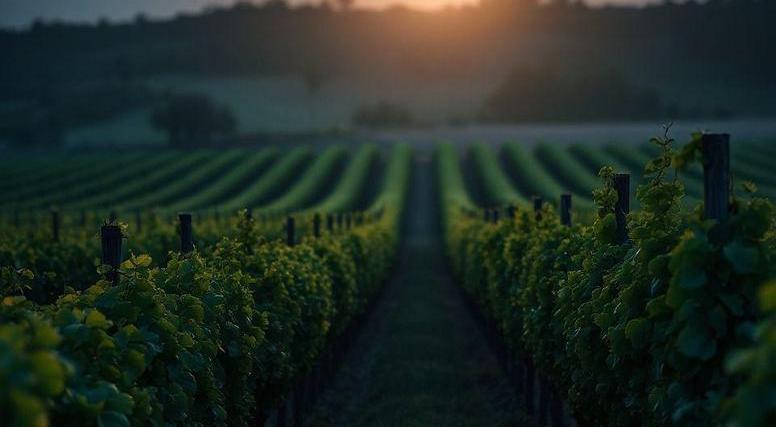
[COMPLETE GUIDE] Bainbridge Island Wine : History, Flavors, Pairings & More
Nestled in the heart of Puget Sound, Bainbridge Island is a picturesque haven not only for nature enthusiasts but also for wine lovers seeking a unique experience. This charming island, just a short ferry ride from Seattle, boasts a burgeoning wine scene that marries the serenity of its landscapes with the sophistication of its vineyards. […]
Continue reading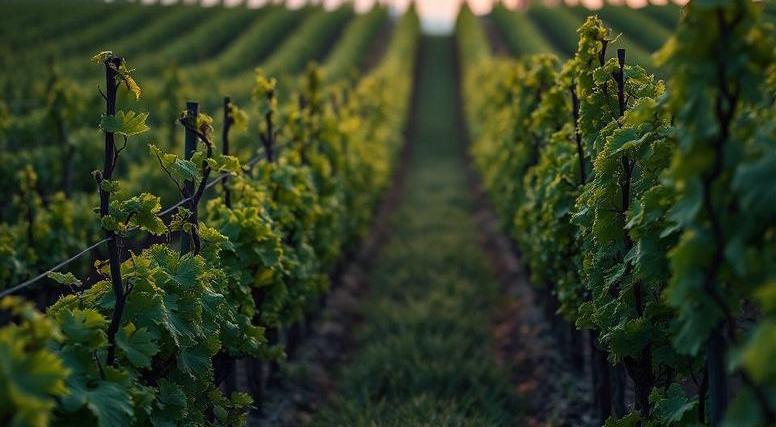
[COMPLETE GUIDE] Croatia Wine : History, Flavors, Pairings & More
Croatia, a country renowned for its stunning Adriatic coastline and rich cultural heritage, is increasingly gaining recognition for its diverse and high-quality wine offerings. With a viticultural history that dates back over 2,000 years, Croatia’s wine regions boast a tapestry of indigenous grape varieties and unique terroirs that reflect the country’s varied landscapes, from the […]
Continue reading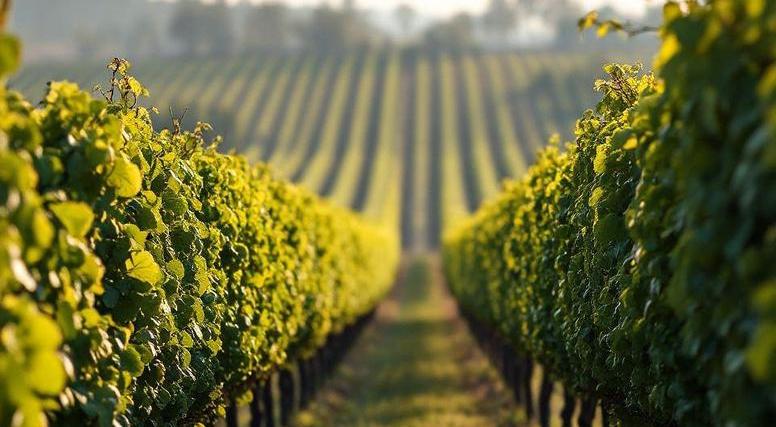
[COMPLETE GUIDE] Augusta Wine : History, Flavors, Pairings & More
Nestled in the heart of Georgia, Augusta is often celebrated for its rich history and vibrant culture, but its burgeoning wine scene is rapidly gaining recognition. The Augusta Wine Guide offers an in-depth exploration of this blossoming vinous landscape, highlighting the region’s unique vineyards and the diverse array of wines they produce. From historic estates […]
Continue reading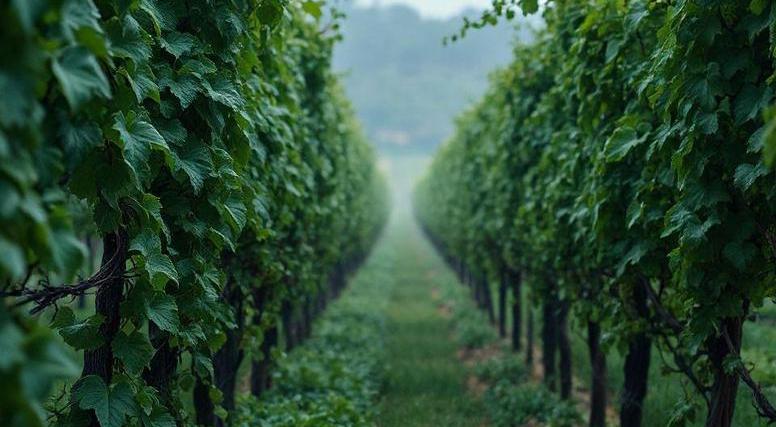
[COMPLETE GUIDE] Bandol Wine : History, Flavors, Pairings & More
Nestled in the sun-drenched hills of southeastern France, the Bandol wine region is a hidden gem that offers a rich tapestry of flavors and traditions. Renowned for its robust reds, particularly those made from the Mourvèdre grape, Bandol has been a favorite among wine enthusiasts for centuries. This picturesque region, with its Mediterranean climate and […]
Continue reading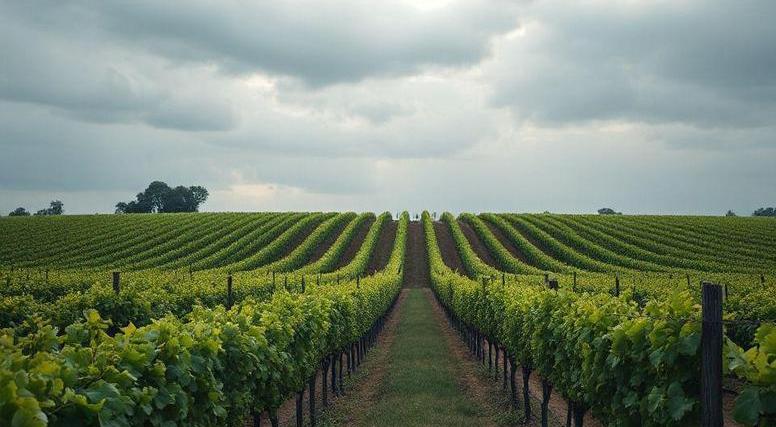
[COMPLETE GUIDE] Cape Cod Wine : History, Flavors, Pairings & More
Nestled along the picturesque coastline of Massachusetts, Cape Cod is renowned for its charming seaside towns, sandy shores, and delightful local cuisine. Yet, beyond its idyllic landscapes and fresh seafood, the Cape has also emerged as an unexpected haven for wine enthusiasts. With a burgeoning wine scene that includes boutique vineyards and innovative winemakers, Cape […]
Continue reading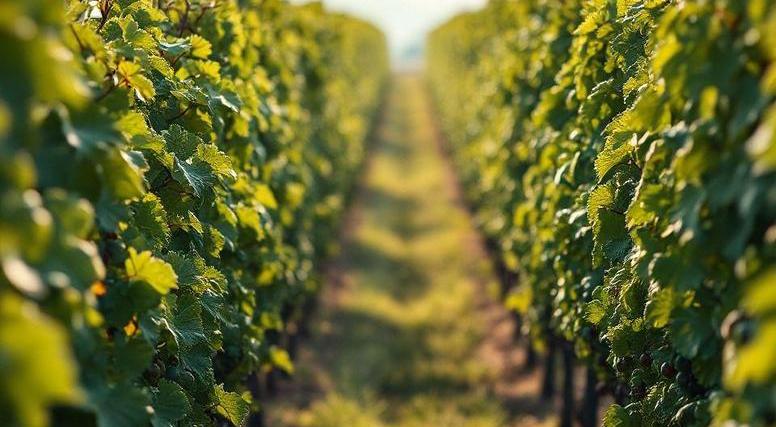
[COMPLETE GUIDE] Alsace Wine : History, Flavors, Pairings & More
Nestled in the northeastern corner of France, the picturesque region of Alsace is renowned for its unique and diverse wine offerings. This charming area, bordered by the Vosges Mountains and the Rhine River, boasts a rich viticultural history that blends French and German influences, creating a distinct wine culture. Alsace is celebrated for its aromatic […]
Continue reading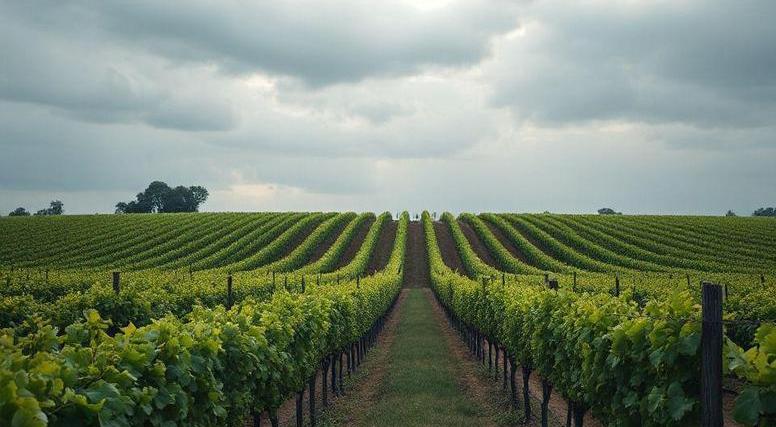
[COMPLETE GUIDE] Anjou Wine : History, Flavors, Pairings & More
Anjou, nestled in the heart of the Loire Valley in France, is a region renowned for its diverse and captivating wines. From crisp, refreshing whites to rich, full-bodied reds, Anjou offers a range of flavors and styles that reflect the region’s varied terroir. As one of the oldest and most esteemed wine regions in France, […]
Continue reading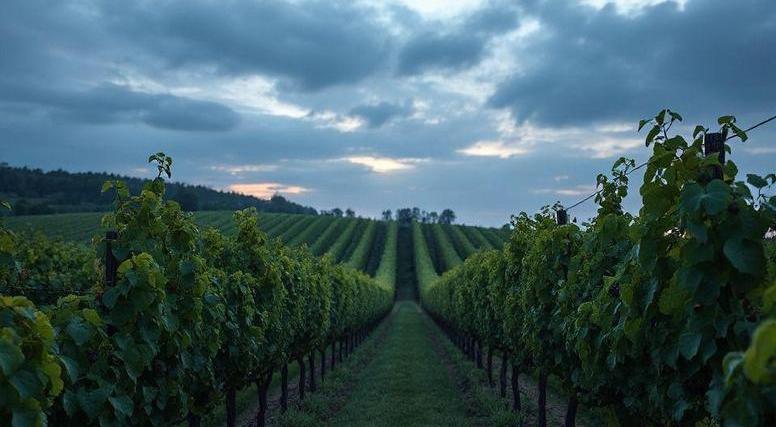
[COMPLETE GUIDE] Austria Wine : History, Flavors, Pairings & More
Austria, renowned for its breathtaking alpine landscapes and rich cultural heritage, is also home to a vibrant and distinctive wine industry. Nestled in the heart of Europe, Austrian vineyards produce a diverse range of wines that capture the essence of their unique terroir. From the crisp, aromatic whites of the Wachau Valley to the bold, […]
Continue reading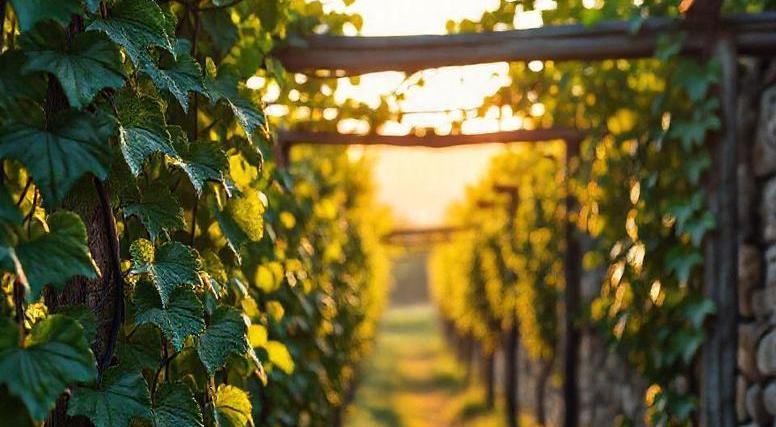
[COMPLETE GUIDE] Canterbury Wine : History, Flavors, Pairings & More
Nestled in the heart of New Zealand’s South Island, Canterbury is a region renowned not only for its stunning landscapes but also for its burgeoning wine industry. With its diverse terroir, ranging from the fertile plains to the cooler, elevated regions, Canterbury offers a unique canvas for winemakers to experiment and craft exceptional wines. The […]
Continue reading